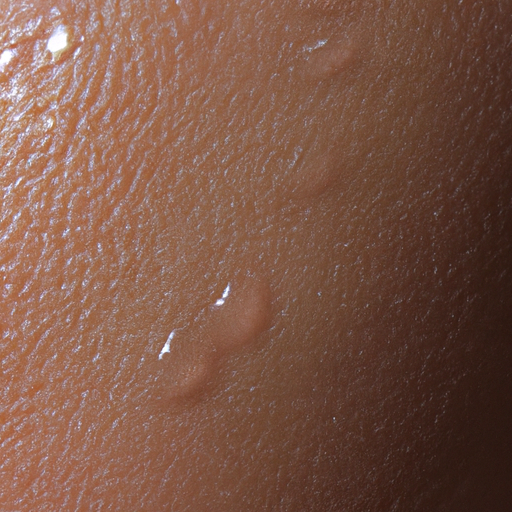As a dermatologist, I understand the frustration that comes with managing oily skin. The constant shine, the frequent breakouts, and the need for blotting papers can be quite exasperating. However, it’s important to remember that oily skin is not a curse, but a condition that can be managed with the right knowledge and treatment. This article aims to unmask the gloss and provide a comprehensive guide to diagnosing and treating oily skin.
Oily skin is primarily caused by overactive sebaceous glands that produce excess sebum, a naturally occurring skin oil. While sebum is necessary for keeping our skin hydrated and healthy, too much of it can lead to a shiny appearance, clogged pores, and acne. Factors contributing to oily skin can range from genetics and hormonal changes to stress and environmental conditions.
Diagnosing oily skin is typically straightforward. If your skin often appears shiny, feels greasy to the touch within a few hours of cleansing, or if you frequently have blackheads, whiteheads, or other types of acne, you likely have oily skin. However, it’s always best to consult with a dermatologist for an accurate diagnosis as other skin conditions can mimic these symptoms.
Once diagnosed, it’s time to explore treatment options. Contrary to popular belief, the goal is not to eliminate all oil from your skin but to balance sebum production. Here are some strategies:
1. Proper Cleansing: It might be tempting to wash your face multiple times a day or use harsh soaps to combat oiliness, but this can actually exacerbate the problem by stripping your skin of its natural oils and triggering more sebum production. Instead, opt for a gentle, water-soluble cleanser designed for oily skin. Cleanse twice a day and after sweating heavily.
2. Use of Oil-free and Non-comedogenic Products: These products are designed not to clog pores and should be your go-to for skincare and makeup. Look for these terms on the labels when shopping.
3. Regular Exfoliation: This helps to remove dead skin cells that can clog pores and increase oiliness. However, be careful not to over-exfoliate as this can irritate the skin and trigger more oil production. Aim for once or twice a week.
4. Hydrate: It may seem counterintuitive to moisturize oily skin, but hydration is key to balancing oil production. Opt for oil-free, non-comedogenic moisturizers.
5. Sun Protection: Sun exposure can lead to an increase in oil production, so it’s important to protect your skin. Choose an oil-free, non-comedogenic sunscreen with an SPF of at least 30.
6. Medical Treatments: If your oily skin is severe or doesn’t respond to over-the-counter products, it may be time to consider medical treatments. These can include prescription creams or oral medications that help reduce sebum production, or procedures like chemical peels or laser treatments.
7. Healthy Lifestyle: A balanced diet, regular exercise, adequate hydration, and stress management can all contribute to healthier skin.
Remember, everyone’s skin is unique, and what works for one person may not work for another. It’s important to be patient and persistent in finding the right routine for you. If you’re struggling with managing your oily skin, don’t hesitate to seek professional help. Dermatologists are trained to help you understand your skin and can provide personalized advice and treatment options.
In conclusion, while oily skin can be challenging, it’s certainly not insurmountable. With the right knowledge, care, and professional guidance, you can manage your oily skin effectively and confidently unmask the gloss.




